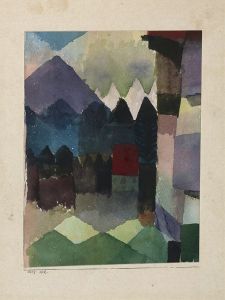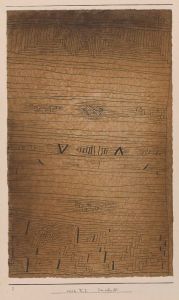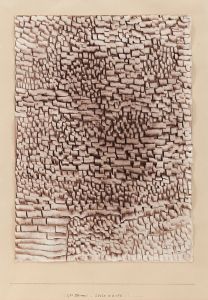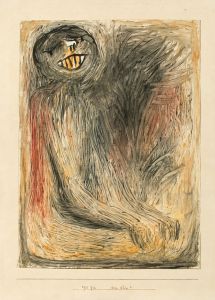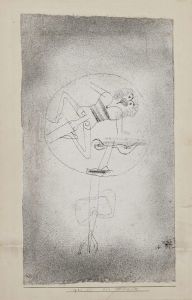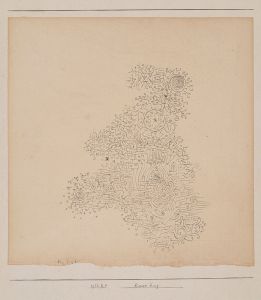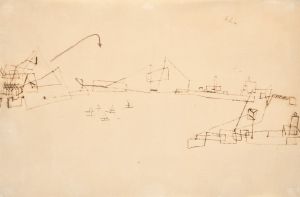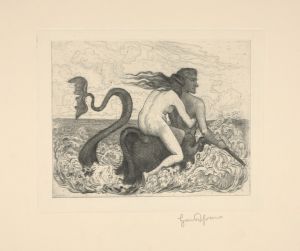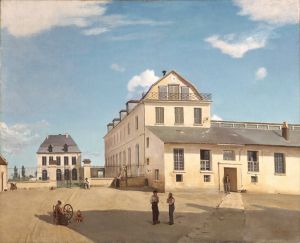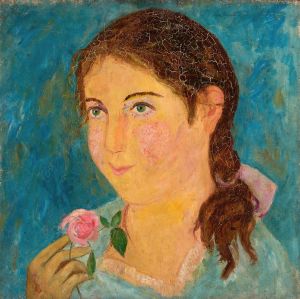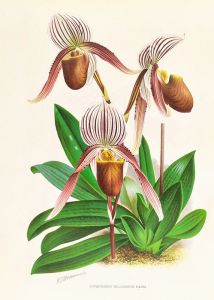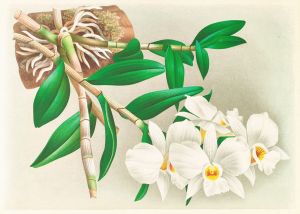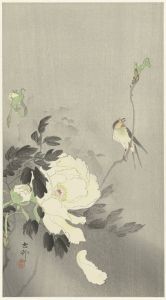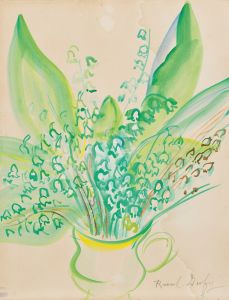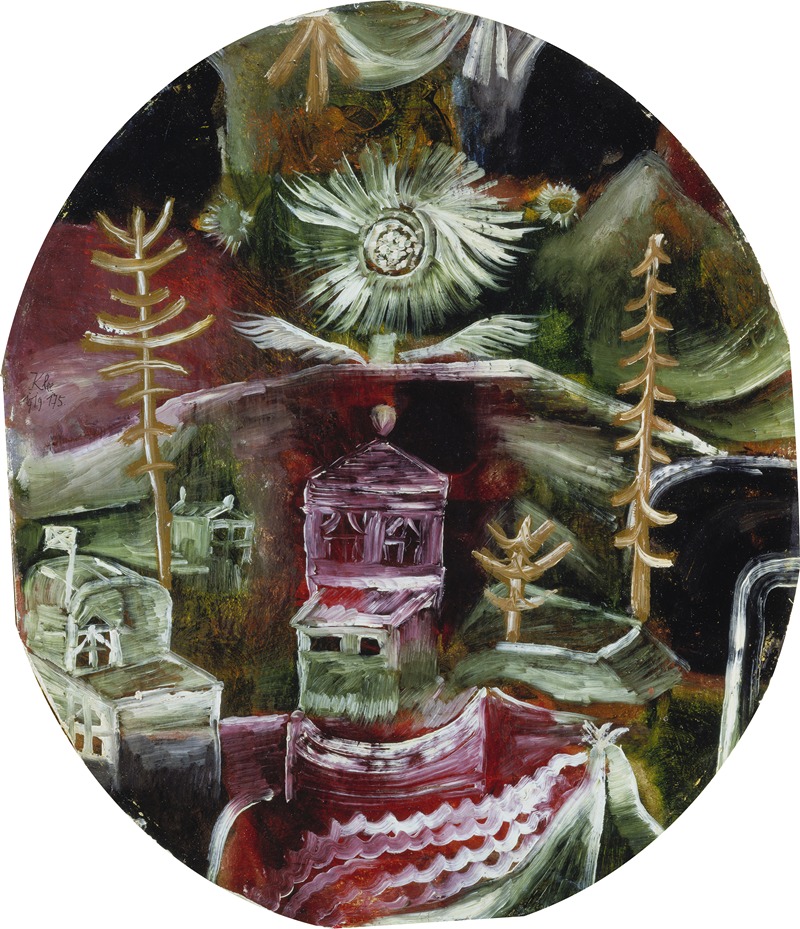
The Thistle Flower House
A hand-painted replica of Paul Klee’s masterpiece The Thistle Flower House, meticulously crafted by professional artists to capture the true essence of the original. Each piece is created with museum-quality canvas and rare mineral pigments, carefully painted by experienced artists with delicate brushstrokes and rich, layered colors to perfectly recreate the texture of the original artwork. Unlike machine-printed reproductions, this hand-painted version brings the painting to life, infused with the artist’s emotions and skill in every stroke. Whether for personal collection or home decoration, it instantly elevates the artistic atmosphere of any space.
Paul Klee's The Thistle Flower House is a painting created in 1919 by the Swiss-born German artist, who is widely regarded as one of the most influential figures in modern art. Klee was known for his highly individual style, which blended elements of expressionism, surrealism, and abstraction. This particular work exemplifies his fascination with nature, architecture, and the interplay of color and form.
The Thistle Flower House is a watercolor and ink on paper composition, showcasing Klee's characteristic use of delicate lines and vibrant colors. The painting depicts a whimsical, dreamlike structure that resembles a house intertwined with the organic forms of a thistle flower. The architectural elements are stylized and abstract, merging seamlessly with the natural motifs. This synthesis of the natural and the man-made reflects Klee's interest in exploring the interconnectedness of different realms of existence.
The work was created during a pivotal period in Klee's career, shortly after he joined the Bauhaus school of art and design in Weimar, Germany. At the Bauhaus, Klee was deeply engaged in teaching and developing his theories on color and form, which would go on to influence generations of artists. His works from this era often exhibit a playful yet meticulous approach to composition, as well as a deep engagement with symbolism and the subconscious.
Klee's use of color in The Thistle Flower House is particularly notable. The palette is soft yet vibrant, with shades of green, pink, and yellow dominating the scene. These colors evoke a sense of harmony and balance, while also imbuing the work with a sense of whimsy and fantasy. The intricate details of the thistle flower and the house-like structure invite viewers to explore the painting closely, uncovering new layers of meaning with each observation.
Today, The Thistle Flower House is recognized as an example of Klee's ability to blend the real and the imaginary, creating works that are both visually captivating and intellectually stimulating. The painting is held in a private collection and is occasionally exhibited in retrospectives of Klee's work, allowing audiences to appreciate its unique charm and significance within his broader oeuvre.
As with many of Klee's works, The Thistle Flower House defies easy categorization, embodying his belief that art should transcend the boundaries of conventional representation. It remains a testament to his innovative spirit and his enduring legacy in the world of modern art.





